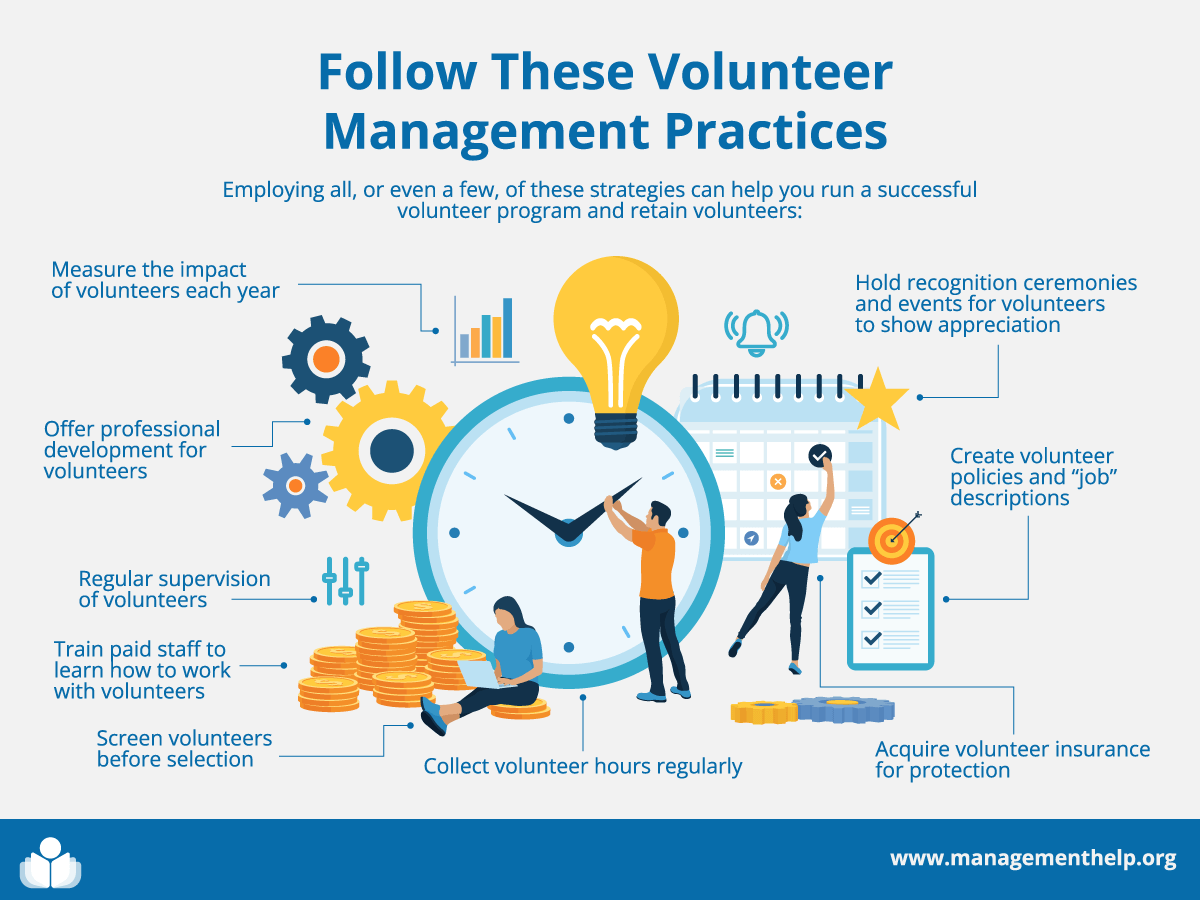Business Resources
Most Popular
Business Development — Growing Your For-Profit or Nonprofit Organization © Copyright Carter McNamara, MBA, PhD Whether your organization is a for-profit or nonprofit, you have to address certain considerations and make certain decisions if you set out to intentionally expand — or grow — your organization, products and/or services. You can grow your organization, products …
Basic Overview of Various Strategic Planning Models Learn Strategic Planning Without Incurring Travel Costs! The Series Facilitating Strategic Planning from the Consultants Development Institute provides virtual courses and numerous downloadable tools to learn to facilitate strategic planning. Concurrently you customize your own relevant and realistic Strategic Plan and earn a Certificate in Facilitating Strategic Planning. …
Basic Guide to Program Evaluation (Including Outcomes Evaluation) © Copyright Carter McNamara, MBA, PhD, Authenticity Consulting, LLC. Much of the content of this topic came from this book: This document provides guidance toward planning and implementing an evaluation process for for-profit or nonprofit programs — there are many kinds of evaluations that can be applied …
Problem Solving and Decision Making (Solving Problems and Making Decisions) © Copyright Carter McNamara, MBA, PhD, Authenticity Consulting, LLC. Sections of This Topic Include Test – What is Your Personal Decision-Making Style? Guidelines to Rational Problem Solving and Decision Making Rational Versus Organic Approach to Problem Solving and Decision Making General Guidelines to Problem Solving …
General Guidelines for Conducting Interviews © Copyright Carter McNamara, MBA, PhD, Authenticity Consulting, LLC. Adapted from the Field Guide to Consulting and Organizational Development. Sections of This Topic Include Introduction Preparation for Interview Types of Interviews Types of Topics in Questions Sequence of Questions Wording of Questions Carrying Out Interview Immediately After Interview Other Resources …
Goal Setting with Employees — What Should Employees Work On? © Copyright Carter McNamara, MBA, PhD, Authenticity Consulting, LLC. Adapted from the Field Guide to Leadership and Supervision in Business and Field Guide to Leadership and Supervision for Nonprofit Staff. Strongly Suggested Pre-Reading How to Ensure Strong Employee Performance Management Sections of This Topic Include …
Understand Generational Differences: Guidelines and Resources © Copyright Carter McNamara, MBA, PhD Sections in This Topic Include What Are Generational Differences? Overview of Perceived Differences Between Generations Are Generational Differences a Myth? Guidelines for Managing Different Generations Also consider Related Library Topics What Are Generational Differences? What is a Generation? Before we go on to …
What is Supervision? How Do I Supervise? Comprehensive, practical book by Carter McNamara The guidelines and resources in this topic are not sufficient to develop strong competencies in supervision. Those competencies come from extensive experience in applying that information. Sections of This Topic Include What is Supervision? To Truly Understand Supervision, Be Acquainted With Its …
More in Business Resources
All About Personal and Professional Coaching, Peer Coaching and Group Coaching © Copyright Carter McNamara, MBA, PhD, Authenticity Consulting, LLC The aim of this topic is to orient the reader to personal coaching, its many benefits and applications, different kinds of coaching and some coaching models, core skills needed by coaches, and additional resources about …
All About Leadership: How Do I Lead? Comprehensive, practical book by Carter McNamara © Copyright Carter McNamara, MBA, PhD, Authenticity Consulting, LLC.Adapted from the Field Guide to Leadership and Supervision in Businessand Field Guide to Leadership and Supervision for Nonprofit Staff. It seems there has been an explosion of articles about leading and leadership and …
Office Politics Various Perspectives on Office Politics Eliminate office politics and end many problems in companies — Wichita Business Journal — 1998-02-09 Are You the Victim of Office Politics? Office Politics Office Romances Also consider Building Trust Career Advancement (and Dealing With a Boss) Communications (Interpersonal) Communications (Organizational) Communications (Writing) Conflict (Interpersonal) Etiquette (Manners) Handling …
Negotiating with Others (Negotiation Skills) Assembled by Carter McNamara, MBA, PhD Various Perspectives on Negotiating With Others Win-Win Negotiation Negotiation Negotiation Articles Building Bridges Through Negotiation Why Nobody Wins Unless Everybody Wins How to Agreeably Disagree in 4 Steps 5 Things You Should Never Say While Negotiating Negotiations: 3 Steps to a “YES” and a …
How to Value Diversity, Equity and Inclusion Sections of This Topic Include Diversity and Inclusion Can Have a Huge Positive Affect But What Are Diversity and Inclusion? How Well Is Your Organization Appreciating Diversity and Cultivating Inclusion? Basic Guidelines to Culturally-Specific Interactions How to Learn Basics About Another Person’s Values and Culture How to Talk …
How to Develop Interpersonal and Soft Skills: Guidelines and Resources Guidelines for developing interpersonal and soft skills are included in the books Field Guide to Leadership and Supervision in Business and Field Guide to Leadership and Supervision for Nonprofit Staff. Sections of This Topic Include What Are Soft Skills? Why Are They So Important? How …
Etiquette (Manners) Various Perspectives on Etiquette and Manners Welcome to Manners Matter Failing to observe good etiquette is bad manners, bad for business Etiquette at Work Also consider Building Trust Communications (Interpersonal) Communications (Organizational) Communications (Writing) Conflict (Interpersonal) Etiquette (Manners) Handling Difficult People Diversity and Inclusion Negotiating Office Politics Related Library Topics Learn More in …

















